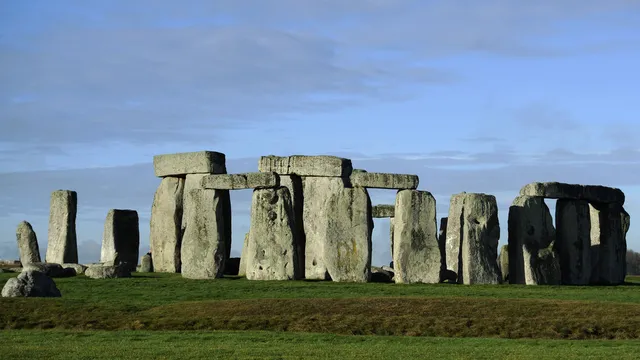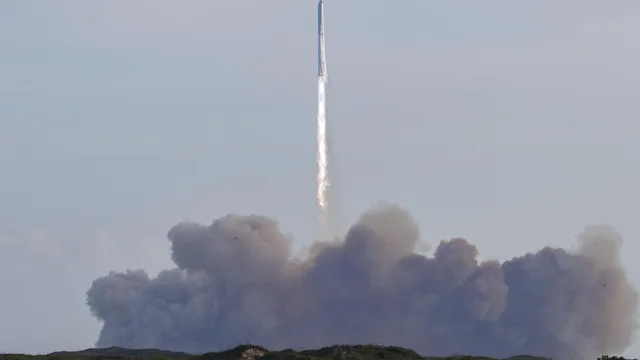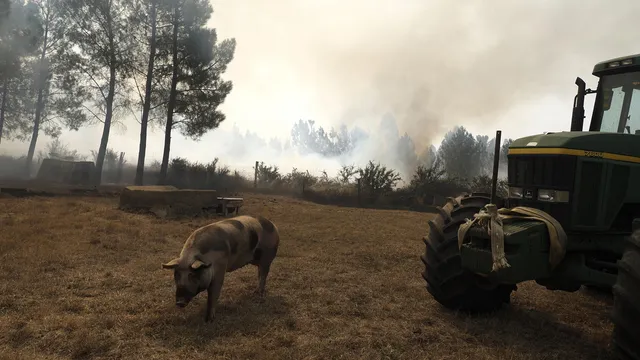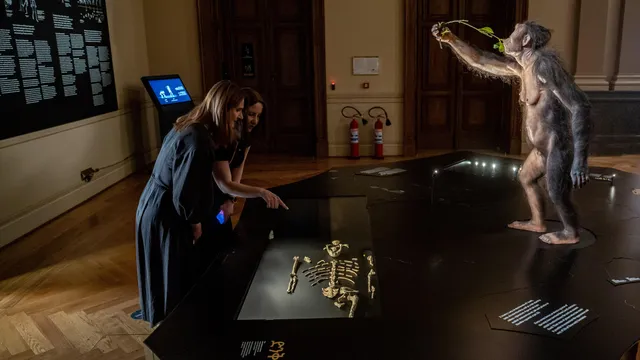About 5,000 years ago, Neolithic inhabitants of Great Britain began building what would later become an iconic monument in Salisbury Plain—Stonehenge. Leaving aside questions about why people built the monument, archaeologists have long wondered how they did it. It is believed that some of the huge stones used to erect the circular structure were brought from the Preseli Hills in Wales, which are at least 200 kilometers away from the site.
"We are beginning to see so many connections between Wales and Stonehenge. Not only is it the closest source of stone, but there are other connections too," Jane Evans, an isotope geochemist at the British Geological Survey, told Antonia Matthews of BBC News.
In a new study published this month in the Journal of Archaeological Science, Evans and her team suggest that a cow tooth found buried at the site is one of those connections. It comes from a Neolithic jawbone of a large horned cattle, originally discovered in 1924, which appears to have been carefully buried near the southern entrance to the monument.
The scientists determined that the cow in question lived between 2995 and 2900 BC, in the early days of Stonehenge's construction. By analyzing the elemental isotopes in one of the molars of the jaw, the researchers believe they have uncovered the significance of the cow and linked the animal to Wales.
Evans and her team cut the 2.5 cm tall molar into nine horizontal sections and measured the isotopes, or slight variations, of oxygen, carbon, strontium, and lead contained within it. This technique provides information about the cow's life over time, as the uppermost layers of the tooth are the oldest, and the layers closest to the gums were formed just before the cow died.
From the oxygen isotopes, the researchers determined that the tooth grew over a period of six months during the second year of the cow's life, from winter to summer. Carbon isotopes revealed how the animal's diet changed over time: in winter it fed on food from the forest, and in summer it moved to open pastures. Strontium isotopes showed that the changing type of food came from different geological areas. Either the cow moved with the changing seasons, or its winter food was imported.
The most remarkable information came from lead isotopes. This metal comes from geological sources and is found in small amounts in the soil, so cows, for example, can ingest it when grazing. The researchers found a sudden increase in lead content in the tooth at the end of winter and spring, which means that the source of lead in the cow's diet during this period of its life was geologically older than the rest of the tooth. Thus, the animal probably originated from an area with Paleozoic rocks, such as those from which Stonehenge is built—and in the UK, the closest source is in Wales.
"Wales is the closest area where such lead compounds are found. This suggests that this animal, found in Wiltshire [England], did not begin its life in such an area. It probably grazed on older rocks, and the obvious conclusion, given that we are talking about Stonehenge, is that Wales is the likely origin of the cow's early life," Evans told Caroline Davies of The Guardian.
Other Paleozoic rocks can be found in Scotland, and a study last year suggested that the most massive megalith at Stonehenge was brought from there, not from Wales.
However, the question remains as to why the cow was brought to the monument along with the stones. "This raises the intriguing possibility that cattle helped transport the stones," said Michael Parker Pearson, an archaeologist at University College London and senior author of the new article.
The study is the first to suggest evidence that animals were used to move the monument's large stones since 2018, when a study suggested that cattle carried loads during the Neolithic period.
Even with the help of cattle, it would still have been a difficult journey for the monument's builders. Moving the stones more than 200 kilometers would have taken two to four months, Evans told BBC News, and would have required the participation of an entire community of animals and humans to assist in the effort. "You would need to have food supplies. You would need a rotation of people and animals to help with the pulling. You would probably have all the domestic needs associated with life on the land," she noted.
The team hopes to use new techniques in the future to continue uncovering the secrets of Stonehenge after this promising discovery. "A piece of a cow's tooth told us an incredible story, and with the advent of new scientific tools, we hope to learn even more about its long journey," Evans emphasized. | BGNES

 Breaking news
Breaking news
 Europe
Europe
 Bulgaria
Bulgaria







